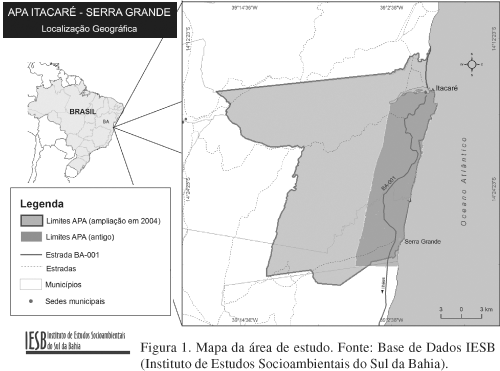This study's goal was to caryy out an ethnobotanical survey focusing on the knowledge and use of medicinal plants within two rural communities (Marambaia and Camboinha), which are situated in an Environmental Protection Area in Atlantic Forest of Southern Bahia, Brazil. These communities use medicinal plants as an important therapeutic activity, which permits the rural inhabitants to be self-sufficient regarding health care. Data were collected through interviews with 26 families (24% of the total). The medicinal plants collected (98 species) were catalogued, identified and deposited at the Herbarium Rio Clarense (HRCB). They belong to 40 families so that Lamiaceae was the most cited. The majority of these species (78%) are cultivated, usually in backyards by local inhabitants. The leaf is the most common part of the plant used in medicinal preparations. The species with the greatest number of citations were Chenopodium ambrosioides L. and Lippia alba (Mill) N.E. Br. These species are also associated with the highest number of therapeutic uses. Use agreement and diversity index from this survey were compared to other surveys conducted in Brazilian Tropical Forests.
medicinal plants; ethnobotany; Atlantic Forest; folk knowledge












